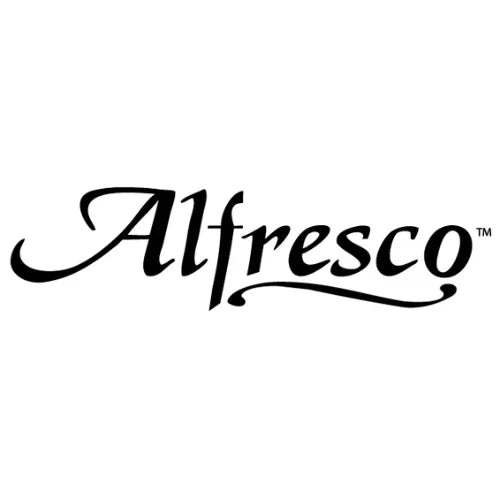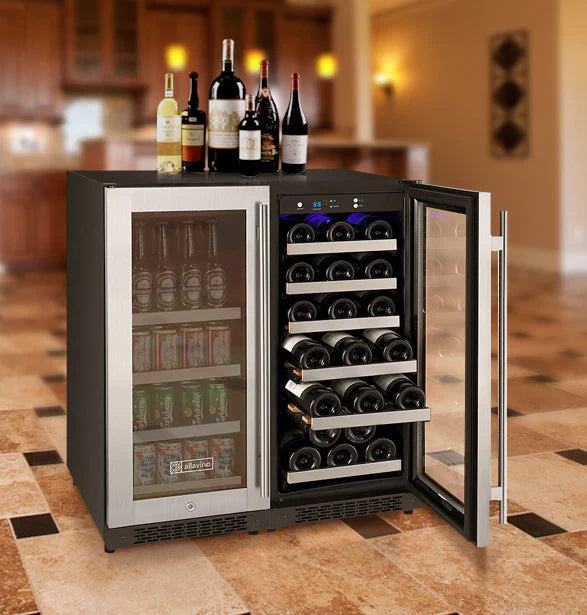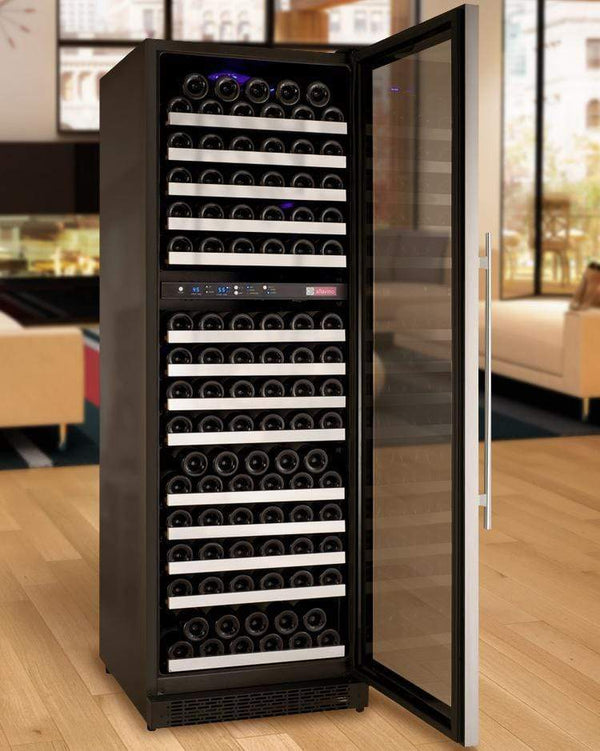Designing a Wine Cellar?
Let’s get it right.
Our specialists review your room layout, insulation, and heat load to recommend the correct cooling system for stable temperature and reliable climate control.
Best Wine Cellar Cooling Units: Top Systems for 2025
What is a Wine Cellar Cooling System?
By Jim Hopper, Wine Cooling Expert
A wine cellar cooling system is a specialized air conditioning unit designed for climate control in wine storage spaces. Unlike standard air conditioners, wine cellar cooling systems maintain consistent temperature and humidity—typically 55°F and 50–70% relative humidity—to prevent wine spoilage, oxidation, and loss of value. These systems are essential for anyone serious about long-term wine storage, whether for a home wine cellar or a commercial wine room.
For real-world examples of wine cellar cooling units in action, check out our Wine Cooling Units Case Study.
Want to dive deeper? Explore our Ultimate Guide to Wine Cellar Cooling Systems.
Key Components of a Wine Cellar Cooling System
- Evaporator Coil: Removes heat from the cellar air.
- Condenser Coil: Releases absorbed heat outside the cellar.
- Compressor: Circulates refrigerant between coils to enable heat exchange.
Types of Wine Cellar Cooling Systems
Choosing the best wine cellar cooling unit depends on your cellar’s size, insulation, and installation needs. Here’s an overview of the main types:
Self-Contained Wine Cooling Systems

Compact, all-in-one units, often wall-mounted and DIY-friendly. Ideal for small to medium, well-insulated cellars or wine cabinets.
Best for: Small, enclosed, residential wine cellars.
Explore our Wine Cellar Cooling Units Collection
Split Wine Cooling Systems

These separate the evaporator (inside the cellar) and condenser (outside or in another room), connected by refrigerant lines. This setup reduces noise and heat in the cellar and allows flexible installation, even where ventilation is limited.
Best for: Medium to large cellars, or when a quiet wine cellar cooling system is needed.
Shop Split System Cooling Units
Ducted Wine Cellar Cooling Units

Installed outside the cellar, delivering cooled air via ducts. They’re ultra-quiet, visually discreet, and handle larger spaces. Many models offer advanced features like integrated humidification or heating.
Best for: Large cellars, luxury installations, or when aesthetics and minimal noise are priorities.
See our Ducted Wine Cellar Cooling Units
Quick Comparison:
- Self-contained = All-in-one, easy install.
- Split = Flexible, quieter, professional install.
- Ducted = Maximum discretion and quiet, handles large spaces.
How to Choose the Best Wine Cellar Cooling Unit
Selecting the right wine cellar cooling system ensures reliable, energy-efficient wine storage. Consider these steps:
- Calculate Cellar Volume: Length × width × height (in feet) = cubic feet. Wine Cellar Cooling Unit Sizing Guide
- Assess Insulation & Construction: Well-insulated cellars (R-19 or better) with solid doors are easier to cool. Glass doors or above-ground locations may require a higher-capacity unit.
- Consider Ambient Conditions: Warm climates or frequent door openings increase cooling demands.
- Check BTU Requirements: Match the cooling unit’s BTU capacity to your calculated needs. Oversizing may waste energy; undersizing risks poor performance.
- Review Features: Look for humidity control, energy efficiency, quiet operation, and smart controls.
- Professional vs. DIY Installation: Self-contained units are often DIY-friendly. Split and ducted systems usually require a professional for proper installation and warranty protection.
Want to see how these steps play out in real installations? Explore our Wine Cooling Units Case Study.
Need help sizing? Contact our experts.
Wine Cellar Cooling Unit Reviews: Top 10 for 2025
Our top picks for the best wine cellar cooling units, based on performance, reliability, and customer reviews:
| Model | Type | Cooling Capacity | Best For | Notable Features |
|---|---|---|---|---|
| WhisperKOOL SC PRO 4000 | Self-contained | Medium/Large | Quiet operation | Bottle probe, efficient design |
| Breezaire WKL 3000 | Self-contained | Up to 650 cu. ft. | Small/Medium cellars | Ultra-quiet, easy to install |
| WhisperKOOL Slimline LS | Self-contained | Small/Medium | Compact spaces | Optional UV light, sleek design |
| Breezaire WKSL 4000 | Split | Up to 1000 cu. ft. | Medium/Large cellars | Flexible installation, ultra-quiet |
| Wine Guardian D025 | Ducted | 250–2000 cu. ft. | Large, custom spaces | Fully ducted system, advanced humidity control |
| WhisperKOOL Platinum Mini Split | Split | Up to 500 cu. ft. | Medium-sized cellars | Quiet operation, flexible installation |
| WhisperKOOL Extreme 3500ti | Self-contained | Challenging climates | Harsh environments | Durable, designed for extreme temperatures |
| WhisperKOOL Mini Ceiling Mount | Split | Small | Space-saving design | Ceiling mount maximizes racking space |
| WhisperKOOL Extreme 8000ti | Self-contained | Large | High-capacity needs | Extreme climate handling, powerful cooling |
| WhisperKOOL Platinum Split 4000 | Ducted Split | Large | Advanced installations | Quiet operation, condenser can be up to 100 ft away |
See all Wine Cellar Cooling Units for more options and deals.
To see how these top-rated units perform in real-world cellars, read our Wine Cooling Units Case Study.
Why Not Use a Standard Air Conditioner?

Standard AC units are not designed for wine storage. They can’t maintain the precise humidity or low, stable temperatures required for wine, risking cork shrinkage, oxidation, and rapid spoilage. Dedicated wine cellar refrigeration systems—engineered for temperature-controlled wine storage—are essential.
For more on why specialized systems matter, see What Is the Ideal Temperature for a Wine Cellar? and The Importance of Wine Cellar Humidity.
Wine Cellar HVAC Alternatives
Some consider mini-split ACs or traditional HVAC for wine rooms, but these lack humidity control and precise temperature management. Only specialized wine cellar cooling units offer the climate control needed for wine storage.
Quick Comparison:
- Traditional HVAC: Not recommended—can’t maintain proper humidity or low temperatures.
- Mini-split AC: Better than window units but still not ideal for wine.
- Wine Cellar Cooling System: Purpose-built for wine storage.
Energy-Efficient Wine Cooling Units & Modern Features
Modern wine cellar cooling systems offer:
- Variable-Speed Fans: Reduce energy use.
- Eco-Friendly Refrigerants: Lower environmental impact.
- Smart Sensors: Optimize performance.
- Energy Certifications: Look for Energy Star or similar.
Choosing an energy-efficient wine cooling unit helps lower operating costs and supports sustainability.
Quiet Wine Cellar Cooling Systems
For living spaces or open-plan homes, a quiet wine cellar cooling system is crucial. Split and ducted units are typically the quietest since the compressor is located outside the cellar. Look for models with anti-vibration features and insulated cabinets.
Browse ultra-quiet models from WhisperKOOL and Wine Guardian.
Popular Accessories and Customization Options

Enhance performance and convenience with:
- Digital Controllers: Precise temperature and humidity control.
- Wi-Fi Modules: Remote monitoring and alerts.
- Bottle Probes: Measure temperature inside a wine bottle.
- Humidity Monitors: Prevent cork shrinkage and mold.
Shop Wine Cellar Cooling Accessories
Alternative Uses for Wine Cellar Cooling Units
Wine room cooling units are also ideal for:
- Beer: Stable, cool storage.
- Cheese: Proper aging conditions.
- Cigars: Consistent humidity.
- Olive Oil & Chocolate: Protection from heat.
Any item needing climate control for storage can benefit from a wine cellar cooling system.
Cellar Cooling Unit Installation Tips
- Ensure proper ventilation for the unit.
- Avoid direct sunlight on the condenser.
- Use professional installation for split and ducted units to protect your warranty.
- Check door seals and insulation for maximum efficiency.
- Regularly clean filters and inspect for leaks.
See our Wine Cellar Cooling Unit Installation Guide
For practical examples of installation challenges and solutions, visit our Wine Cooling Units Case Study.
Troubleshooting & Maintenance

Common issues include:
- Temperature Fluctuations: Check insulation and door seals.
- Humidity Problems: Ensure the unit’s humidification feature is working.
- Error Codes: Refer to your unit’s manual or contact support.
- Unusual Noise: Inspect for loose parts or improper installation.
Routine maintenance extends the life of your cooling system. For persistent problems, contact our support team.
Where to Buy Wine Cellar Cooling Units Near Me
Looking for premium or affordable wine cellar cooling units for sale?
Wine Coolers Empire offers a curated selection of top brands, expert advice, and nationwide shipping.
Shop Wine Cellar Cooling Units or contact us for local dealer recommendations.
Final Word
Selecting the right wine cellar cooling system is key to protecting your collection. Assess your cellar’s size, insulation, and desired features. Consider installation needs, energy efficiency, and quiet operation. For most systems, especially split and ducted units, professional installation is recommended.
Ready to protect your wine collection?
Shop Wine Cellar Cooling Units and Wine Racks today!
Need help?
Our expert team is here for selection, sizing, and installation advice.
Call: 1-888-407-7770
Email: support@winecoolersempire.com
Wine Coolers Empire—Your trusted source for the best wine cellar cooling units, wine cellar cooling systems, and wine room cooling units for every need.
📚 Frequently Asked Questions (FAQs)
What is the best wine cellar cooling unit for home use in 2025?
How do I size a wine cellar cooling unit correctly?
What’s the difference between self-contained, ducted, and split cooling units?
Are there quiet wine cellar cooling units for living spaces?
Are wine cellar cooling units energy efficient?

Designing or Upgrading a Wine Cellar?
We got you! Here at Wine Coolers Empire, we will guide you in building your dream wine cellar.











